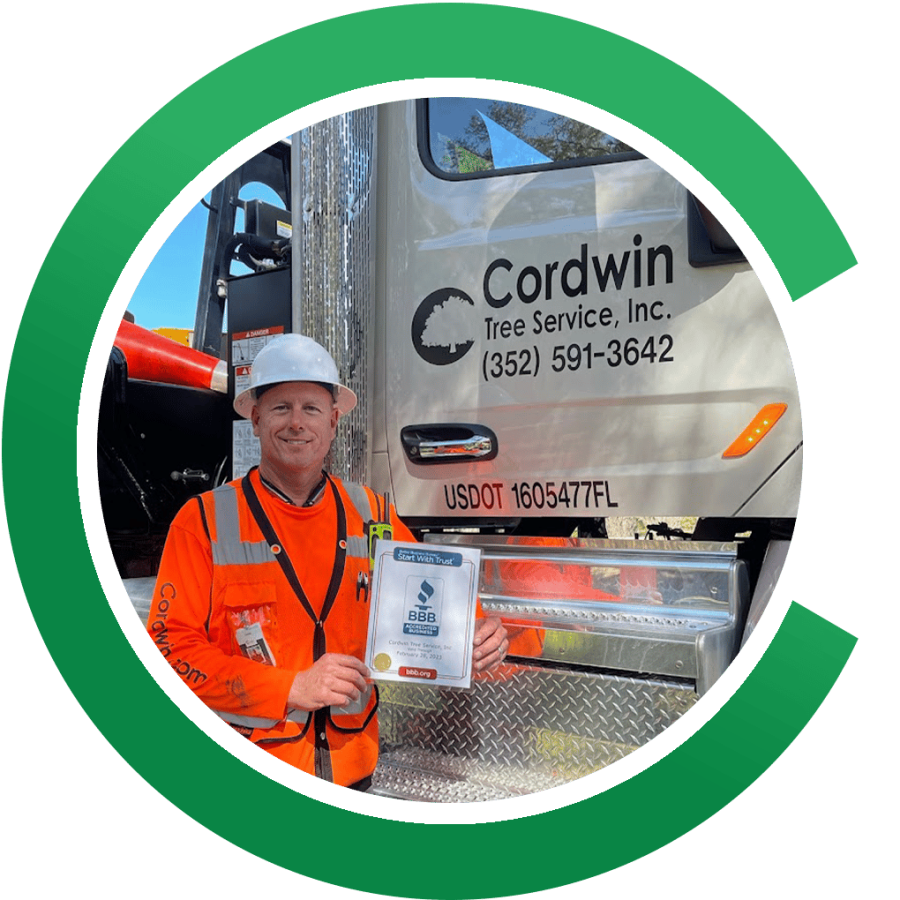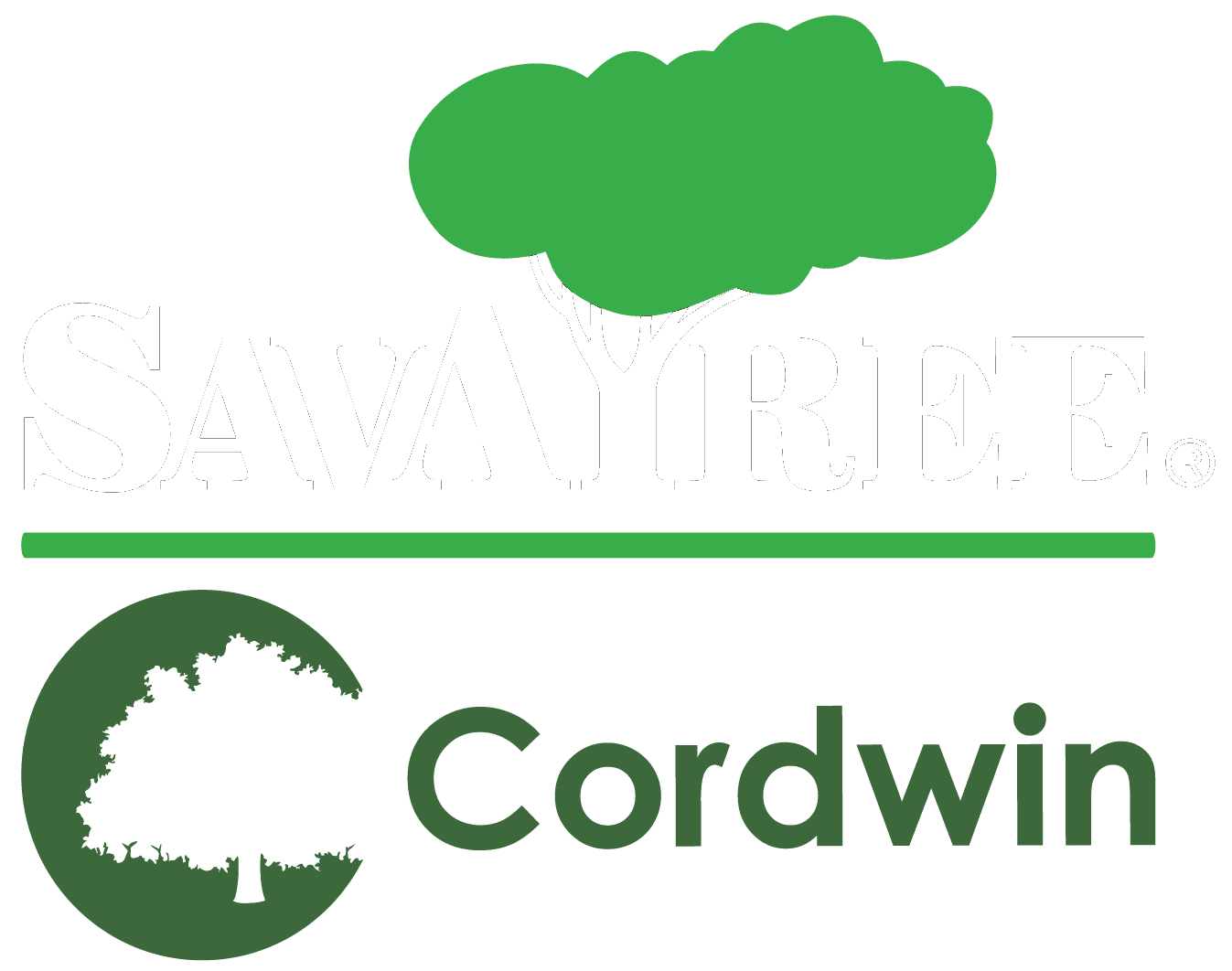The plentiful warmth and sunshine of summer marks a busy period for many plants, including trees. When trees enter this phase, most of their energy is directed toward active growth, which means they have less energy to recover from damage or infection. Therefore, it’s crucial to approach your summer pruning and trimming tasks carefully. Whether you’re a seasoned gardener or a novice, here are three tips used by professional arborists for a successful summertime trim with minimal damage.
Use the Right Tools
Using improper tools can cause physical trauma to your tree or put your safety at risk. First and foremost, you’ll need to invest in high-quality pruning shears, loppers, and pruning saws designed specifically for tree trimming. Regular gardening shears and pruners are usually not durable enough to cut through wood and bark effectively. Once you have the proper tools, regularly inspect and maintain them so they can continue making clean, precise cuts. Don’t forget about pole pruners or extendable ladders for reaching high branches safely.
Use Proper Cutting Techniques
When you’re ready to trim your tree, make your cuts at a 45-degree angle. An angled cut allows for better sap flow than a squared-off cut, which speeds up the healing process for the tree. Along with making angled cuts, position your cuts outside the branch collar. This is a swollen area near the base of a branch where it connects to the trunk or another larger branch. Think of each branch collar as a defensive fortress, and cutting off the branch just outside of it will still leave the rest of the tree defended against infection and disease.
Follow the 1/3rd Rule
Because many trees experience active growth in the summer, trimming off too much can permanently impair their ability to grow. The sudden and rapid growth is also an evolutionary defense against sunburn. Leaves provide shade from sunlight and convert that sunlight into energy for the tree, so it’s best to trim conservatively. To keep your trees healthy, remember the “1/3rd rule” used by professional arborists. Only remove up to a third of a tree’s canopy, leaves, or branches at a time.
Focus on Removing Dead Branches
When you approach tree trimming during the summer, there should be less emphasis on grooming or thinning out the canopy. Instead, prioritize removing dead, dying, or pest-ridden branches. Doing this prevents diseases or pests from spreading to other branches, directs more energy to new growth, and strengthens the tree against rough summer storms.
Get Professional Help
By using professional-grade tools and techniques, you can support the healthy growth of your trees and enjoy a beautifully landscaped yard this summer. For more information about tree pruning and trimming services in Ocala, FL, contact Cordwin Tree Service.







